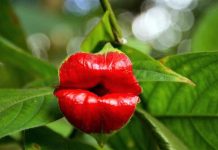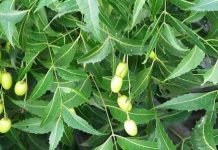Scientific name: Mussaenda roxburghii Hook.f.
Family: Rubiaceae
Synonym: Mussaenda corymbosa Kurz
Bengali/Vernacular name: Chauri-chaonri, Silchaonri, Silchauri, Sildaura, Raniratak.
Tribal name: Sheodima (Chakma), Sichamba (Marma), Ranirtak (Tanchangya), Ranertago gaas (Tripura).
English name: Himalayan mussaenda.
Description of the plant: An erect or suberect shrub. Leaves petiolate, oblong-lanceolate, 10-20 cm long. Cymes very dense, many-flowered; corolla silky, tube narrow, lobes very small with filiform tips. Berries oblong or ellipsoid, crowned in a head-like mass.

Plant parts used: Leaf, flower, root.
Ethnomedicinal uses: A paste is made with the flowers of the plant is applied on the navel region for seven days to treat abdominal pain.
A fresh juice is extracted from the roots of the plant is taken thrice a day (5 ml amount each time) until the epilepsy is cured.
A paste is made with the leaves of the plant is applied on the cutting wound twice a day for two days to treat bleeding from cutting wound.
The juice is extracted from the leaves of the plant is used for gargling once a day (before go to the bed) for one week to treat pyorrhoea.
Pea-sized pills are made with the leaves of the plant is taken twice a day (one pill each time) until the hyperacidity is cured.
Distribution: The species occurs in Sylhet, Comilla, Chittagong, Khagrachari, Rangamati, Bandarban, and Cox’s Bazar districts.
Is this plant misidentified? If yes, please tell us….
















… [Trackback]
[…] Find More to that Topic: natureinfo.com.bd/mussaenda-roxburghii/ […]